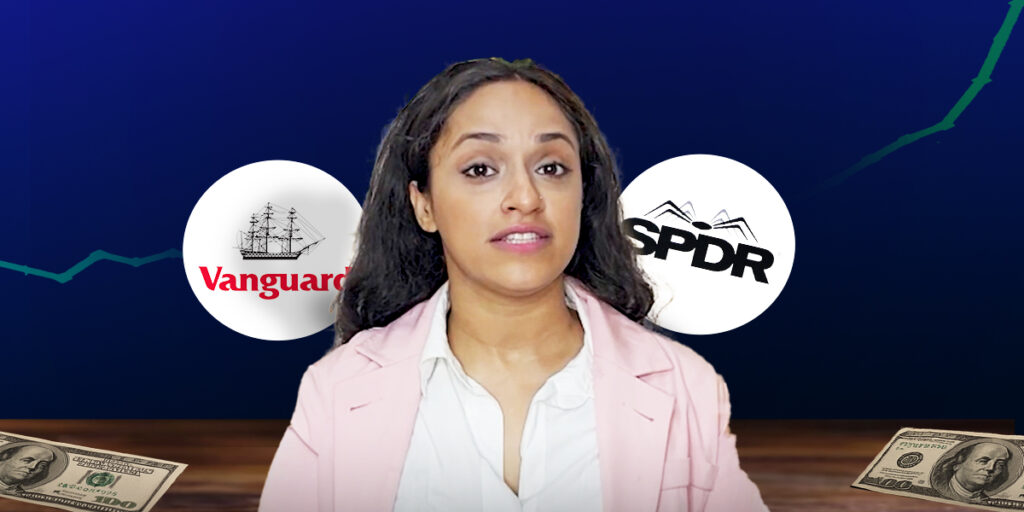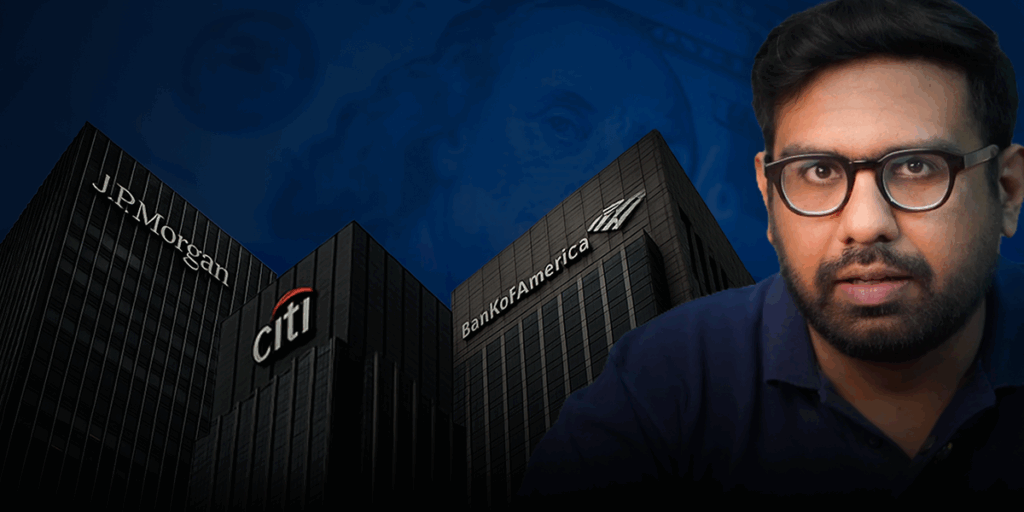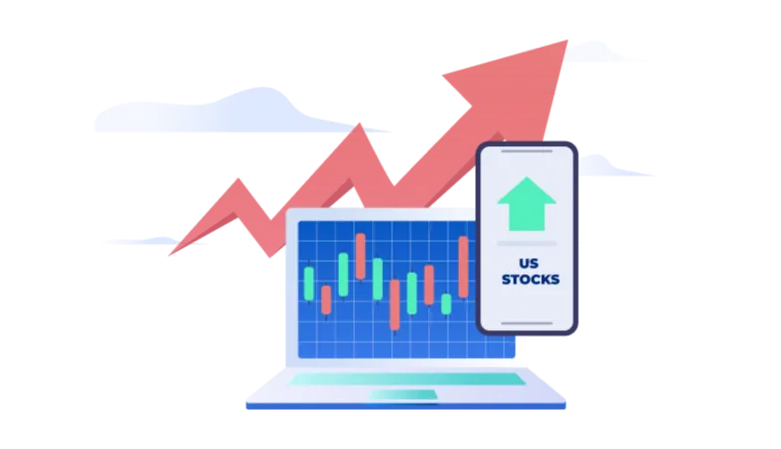Market cycles follow patterns, but timing them remains challenging. While economists debate recession timing, experienced investors position their portfolios for what’s ahead. The ongoing competition between cyclical sectors (automobiles, real estate, and travel) and defensive plays (utilities, healthcare, and consumer staples) represents more than academic theory—it’s about capturing opportunities while managing risk. Cyclical ETFs historically deliver strong returns during economic expansions, while defensive ETFs provide stability when markets decline. Leadership alternates between these sectors every few years, and mistiming these shifts can significantly impact returns. Watch our comprehensive breakdown below to see how these sector rotations work and which ETFs are positioned for different market conditions.
The risks are substantial for both categories. Cyclical ETFs can decline sharply during recessions—as seen with consumer discretionary stocks during major market downturns. While the Vanguard Consumer Discretionary ETF (VCR) delivers strong long-term performance, the journey includes significant volatility. Defensive plays like the Vanguard Consumer Staples ETF (VDC) offer more consistent returns with reduced drama. The trade-off is clear: cyclical ETFs require precise timing and risk tolerance, while defensive ETFs may underperform during bull markets when growth sectors dominate. Regulatory risks also affect defensive sectors like utilities and healthcare, adding another layer of complexity to investment decisions.
The most effective approach combines both strategies rather than attempting to time market cycles perfectly. Professional investors blend cyclical and defensive ETFs, then rebalance as market conditions evolve. This strategy focuses on positioning portfolios to capture growth during expansions while protecting capital during downturns. Historical data supports this approach: leadership consistently alternates between these sectors over longer periods. Funds with heavy cyclical exposure experience greater volatility in investor flows, while defensive-focused portfolios maintain more stable performance. Success depends on determining appropriate risk tolerance and maintaining disciplined rebalancing practices across different market environments.
Disclaimer: Investments in securities markets are subject to market risks. Read all the related documents carefully before investing. The securities quoted are exemplary and are not recommendatory.























